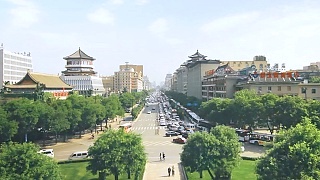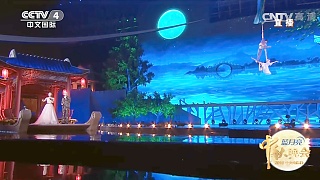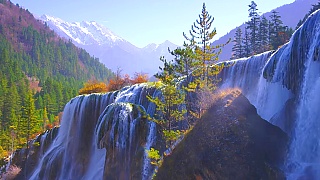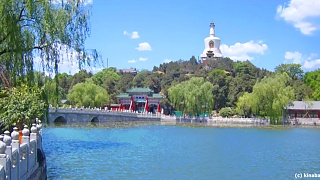How to pronounce the four tones and speak PinYin correctly. With Qing Xia ...
[640],shadow=true,start=,stop=[videogallery type=playlist id=PLn996NprGoEI-rbWdpRlX-yuZoQ5ERZl2 columns=2]
Live more ...
 Learn to speak Chinese from zero
Learn to speak Chinese from zeroHow to pronounce the four tones and speak PinYin correctly. With Qing Xia ...
[640],shadow=true,start=,stop=[videogallery type=playlist id=PLn996NprGoEI-rbWdpRlX-yuZoQ5ERZl2 columns=2]

|
A visit to the ancient Chinese capital of Xi'An, ShaanXi province ...
|

|
With CCTV (China Central TV) in Xi'An.
Spectacular ...
|

|
ZheJiang province. With Walk East ...
|

|
The traditional Chinese philosophy is to live in harmony with nature rather than trying to conquer nature.
A look at China's Green Dream and its amazing progress ...
|

|
'Nine Villages Valley', SiChuan province.
Aqua pools, streams and waterfalls, and snow capped peaks, surrounded by red and gold leaves - a very beautiful place ...
|

|
A film by kinabaloo.com ...
|

|
With TechAnalytics Hub ...
(Part 3 coming soon)
|